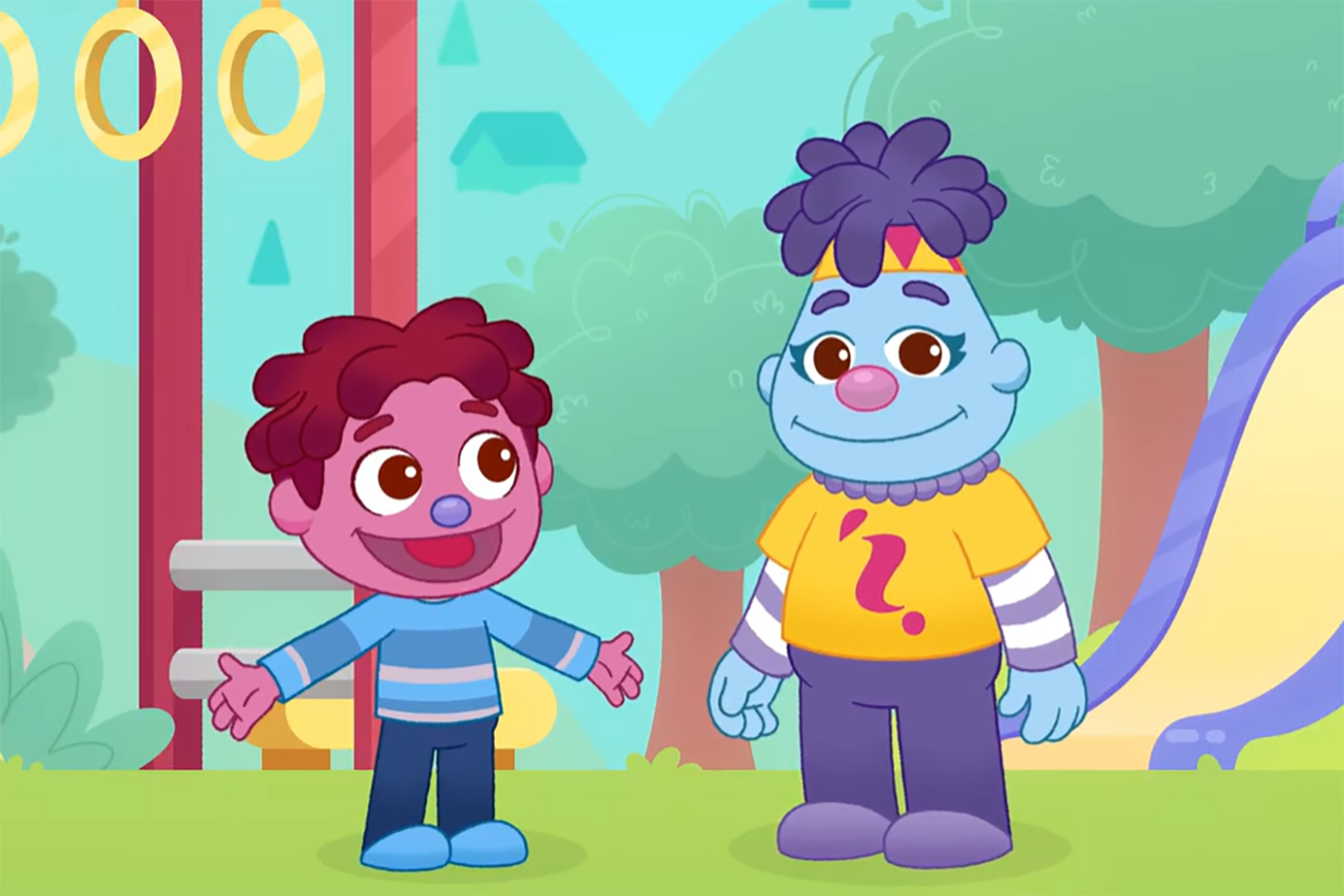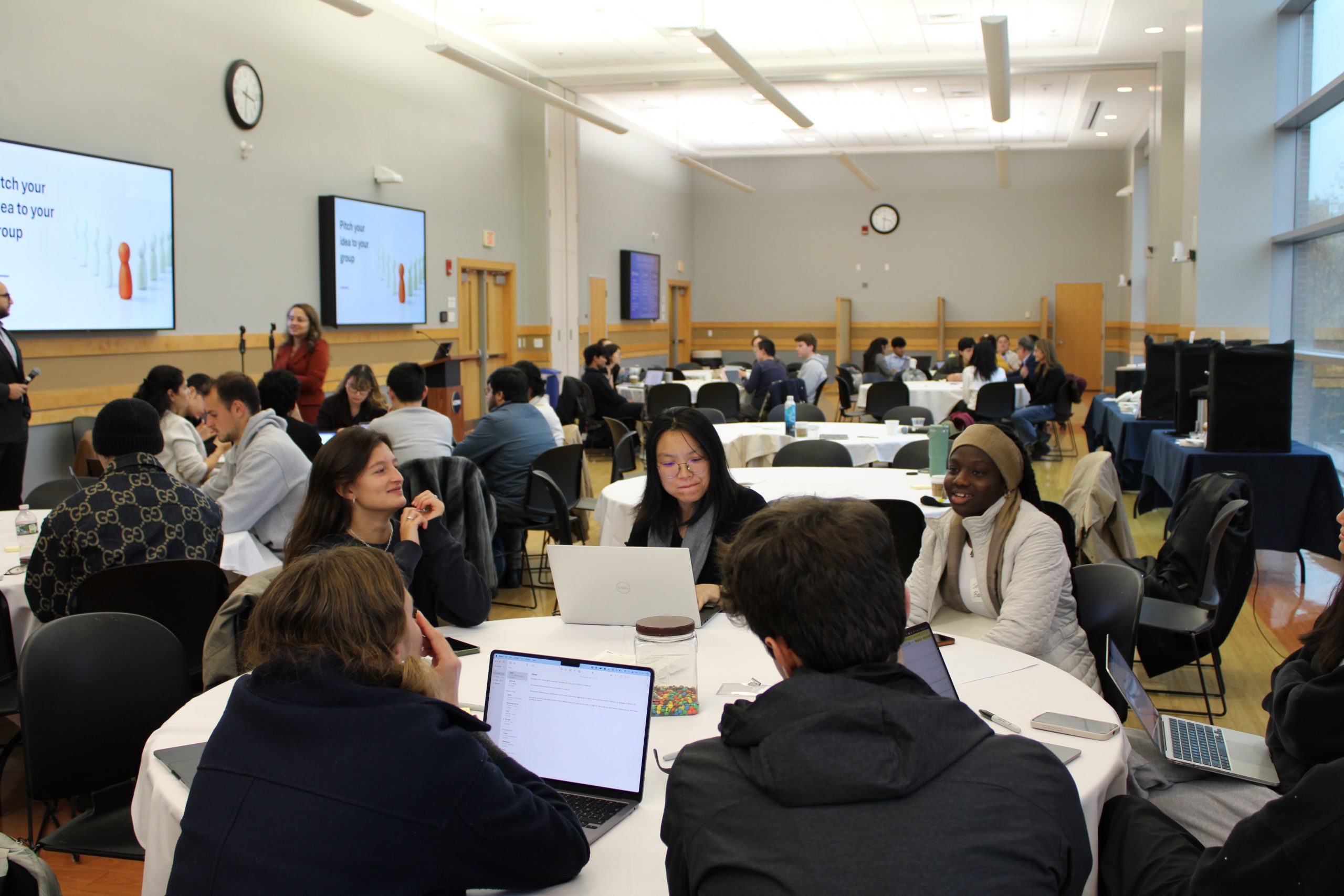
Thoughts on reading 1491 and going to the movies.
By Jeremy Teitelbaum, Dean
College of Liberal Arts and Sciences
On vacation earlier this year, I ran through the various books I had downloaded onto my Kindle and I started casting about for something else to read. I ended up with a book my wife, Mona, had picked up for the trip: David Grann’s recent book The Lost City of Z: A tale of deadly obsession in the Amazon. It is the story of Percy Fawcett, one of the last of the great British explorers in the tradition of Stanley, Scott, and Shackleton.
Fawcett hiked and mapped the Amazon over a period of many years, enduring fantastic hardships and establishing contact with many indigenous cultures. He was a fascinating character, whose life and travels influenced Conan Doyle’s The Lost World. He was convinced that the old legends of El Dorado that motivated early explorers and conquistadors had a foundation in truth and he searched for the advanced, populous civilization that he believed lay concealed within the Amazon jungle. Along with his son and his son’s friend, he vanished in the jungle in 1925 during what proved to be his last expedition.
The irony of Fawcett’s story is that modern scholarship has established that, fundamentally, he was right. The story is told in Charles Mann’s book 1491: New Revelations of the Americas before Columbus. Mann explains how recent scholarship has drawn a picture of pre-Columbian life in the Americas that is quite different from the one I learned about in school. Mann explains that, prior to the arrival of the Europeans, this hemisphere was densely populated, culturally sophisticated, and politically complex. What happened? Mann’s book argues that the first attempts at settlement by Europeans were tenuous and likely to fail because the Europeans were at a disadvantage compared to the local people, despite their guns and horses. Smallpox, influenza, measles, and other diseases were so devastating to the American population that over a relatively short time the indigenous population may have been cut by as much as 95 percent. That left shattered survivors unable to resist European colonization.

To put this in a local context, the Pequot Indians (with whom our anthropology professor Kevin McBride has a long-standing relationship) were the victims of a devastating smallpox epidemic in 1633 which drastically reduced their population. Imagine resisting a colonial assault after an epidemic of that virulence. The Pequot war of the following years was a mopping up operation.
By now you’re probably wondering what any of this has to do with the movie Avatar. I enjoyed Avatar; it’s hard to resist the graphics, even though I didn’t see the 3-D version and I’m told that as a result I didn’t get the full experience. I thought that it was a beautifully put together, completely routine, thoroughly derivative reworking of old material. In fact, about halfway through the movie, Mona turned to me and said that it reminded her of Disney’s Pocahontas, and that remark was so apt that it pretty much took the magic out of the rest of the film.
Mona wasn’t the only one to see echoes of Pocahontas in the film; Daniel Mendelsohn, writing in the New York Review of Books, called attention to the extensive treatment of this comparison on YouTube. Mendelsohn also refers to the damning critique (with spoilers) by David Brooks in The New York Times that highlights Avatar as an essentially racist story of a “White Messiah.” Quoting Brooks, the “White Messiah” stereotype rests on the principles that
… white people are rationalist and technocratic while colonial victims are spiritual and athletic. It rests on the assumption that nonwhites need the White Messiah to lead their crusades. It rests on the assumption that illiteracy is the path to grace. It also creates a sort of two-edged cultural imperialism. Natives can either have their history shaped by cruel imperialists or benevolent ones, but either way, they are going to be supporting actors in our journey to self-admiration.
This is where the book 1491 casts some light on the situation. The premise of 1491 is that European settlers were initially forced to compromise and negotiate with local populations in order to survive. It was only after European diseases, exploiting the lack of genetic diversity among inhabitants of this hemisphere, wiped out most of the people, that Europeans were able to take root. More than likely, The Navi’i, are not vulnerable to human diseases. They are intelligent and uniquely well-adapted to life in the complex environment of their planet, while humans most definitely are not. I suspect that they would have been able to get rid of the humans all by themselves. That would have made for an interesting movie.
For a more original take on the issues involved in contact between aliens and humans, I recommend the movie District 9 (although it didn’t win Best Picture). H.G. Wells’s War of the Worlds is a classic that’s much closer in spirit to 1491 than to Avatar. Poul Anderson’s story The Man Who Came Early is an original take on what happens when an individual from an “advanced” society enters a supposedly more primitive one. Mark Twain’s Connecticut Yankee puts a much darker twist on the “White Messiah” theme. And, of course, when in doubt it never hurts to watch 2001: A Space Odyssey just because it’s the greatest sf movie ever made.
Comments? Send them to: dean@clas.uconn.edu
The College of Liberal Arts and Sciences has 23 departments in the sciences, humanities, and social sciences, ranging from physics to philosophy, and more than 15,000 students, 600 faculty, and 83,000 alumni. Check out our three initiatives: Health and Human Behavior, the Environment, and Culture and Society.
Other CLAS Blog posts:
A Step Closer to Science Fiction?
Academic Freedom Meets Freedom of Information
Ambition and Intrigue in the Court of Henry VIII
A Civil Conversation on Contentious Issues
Meditations on A(nother) Snow Day
Coming to Grips with Climate Change
Ideas — The Psychological Currency of the University
Will ‘Crowdsourcing’ Revolutionize Scholarship?
Citizenship, Marriage, and Mosques: Problems in the Applied Humanities
Of Deans and English Professors


